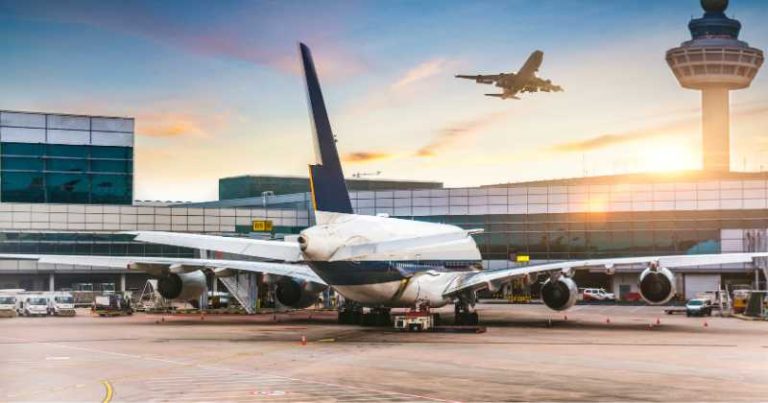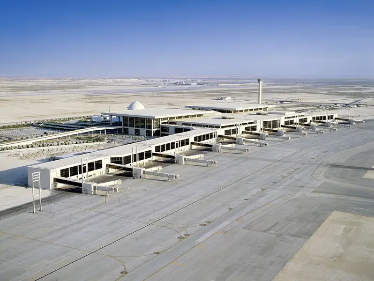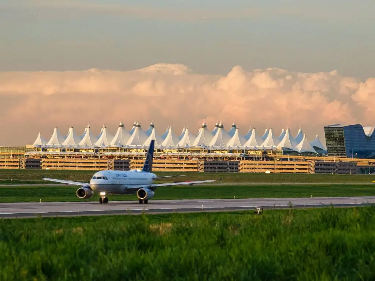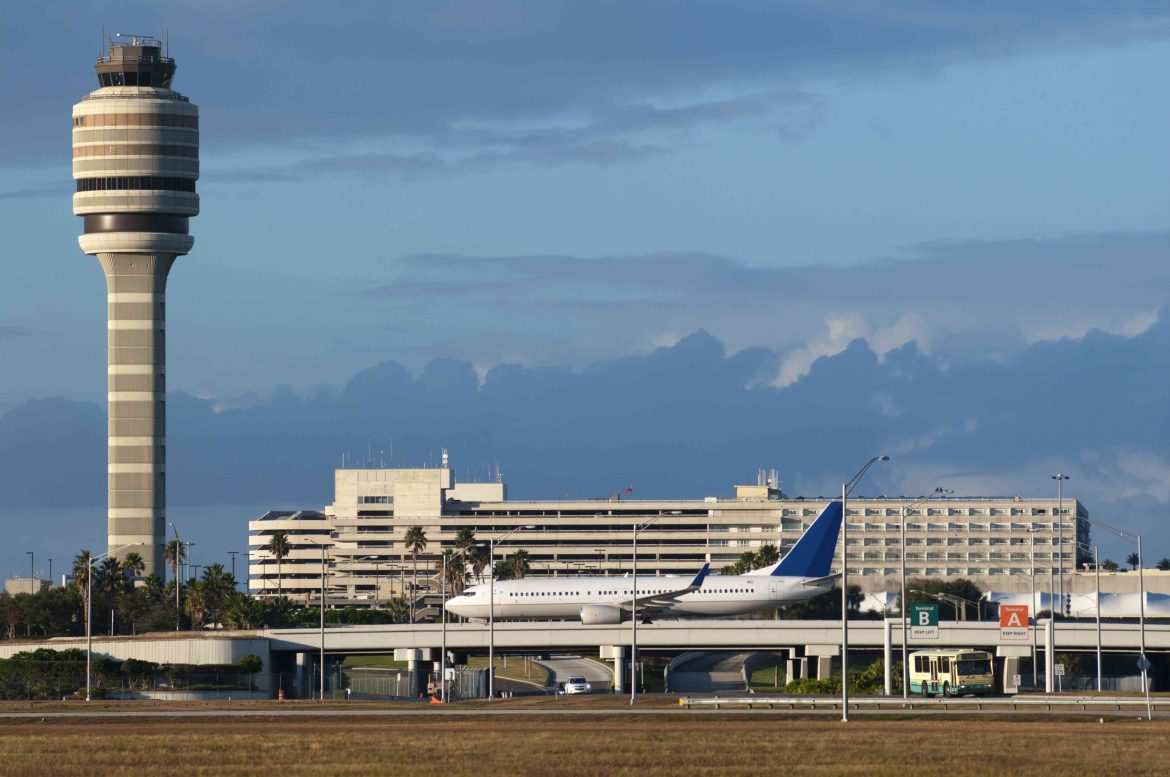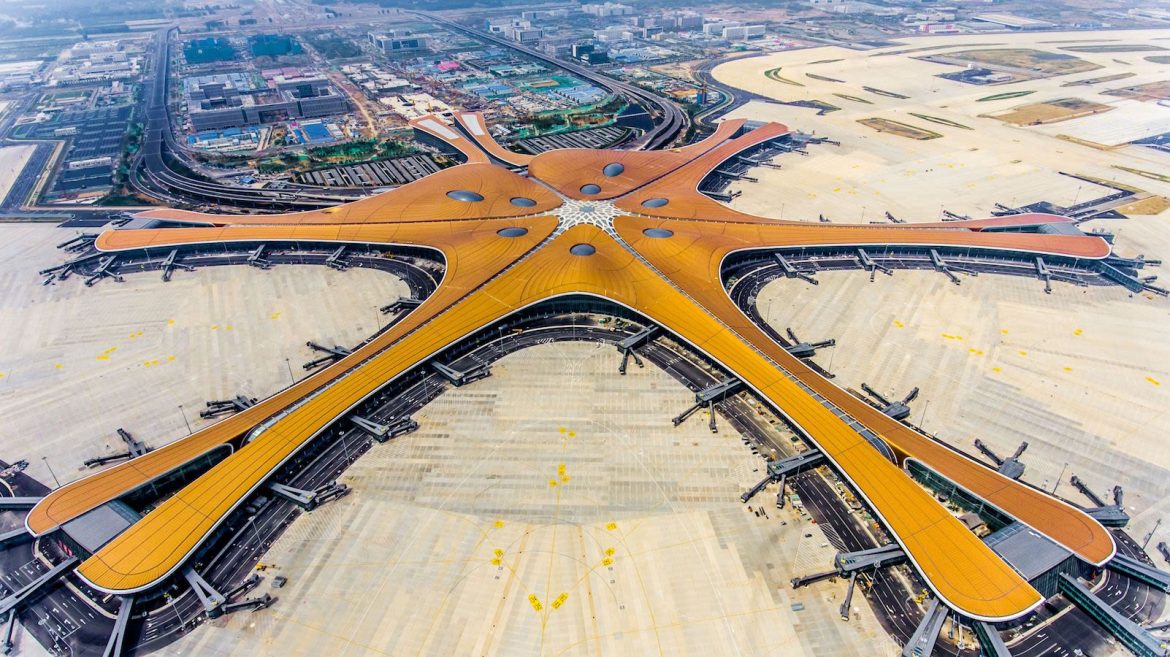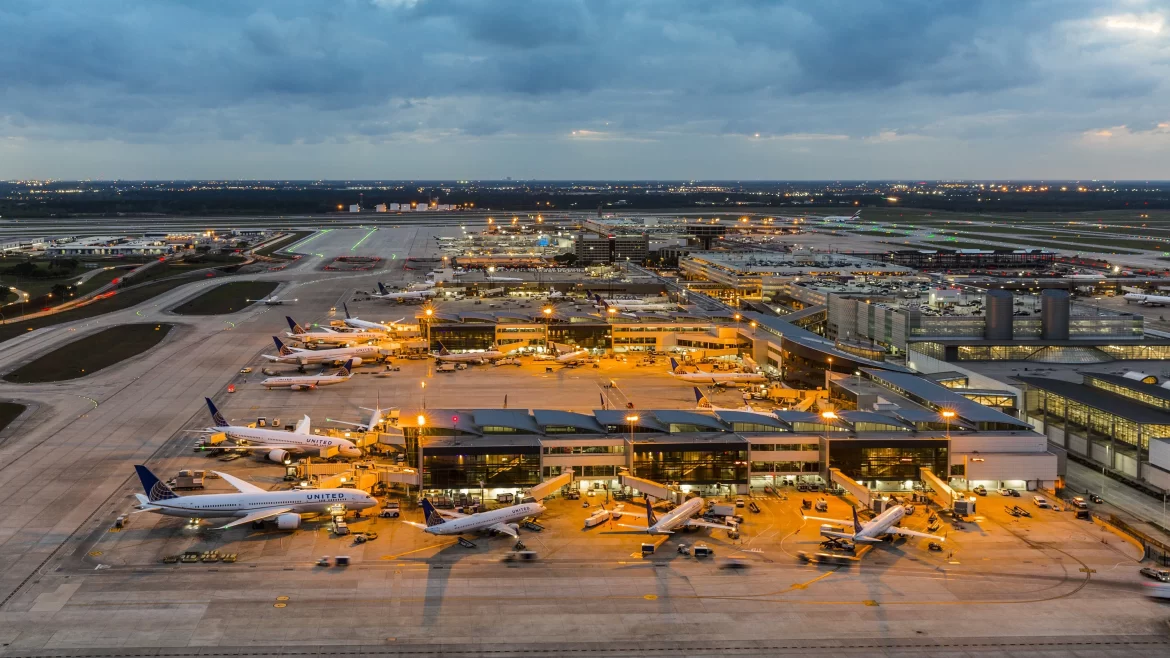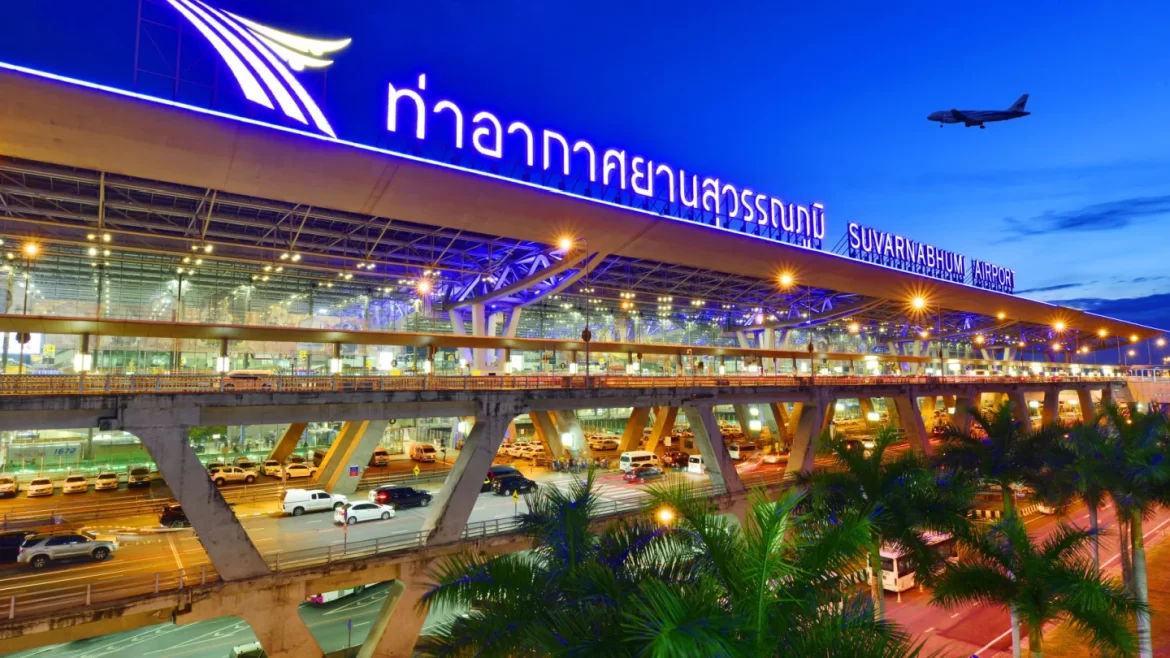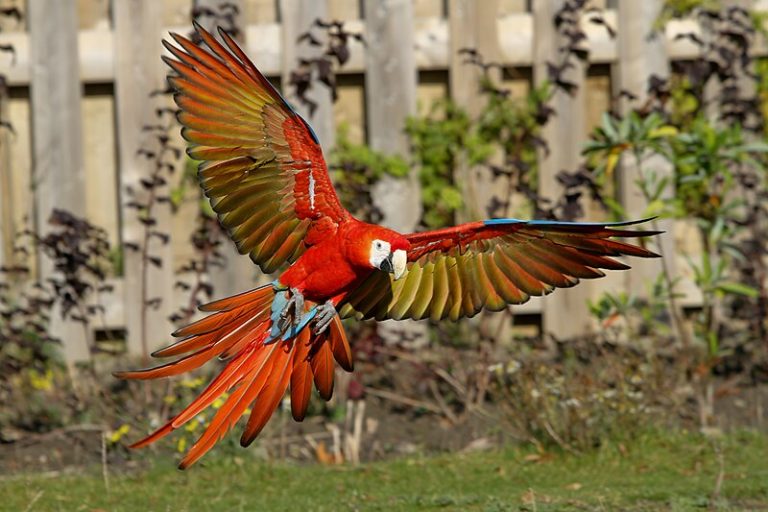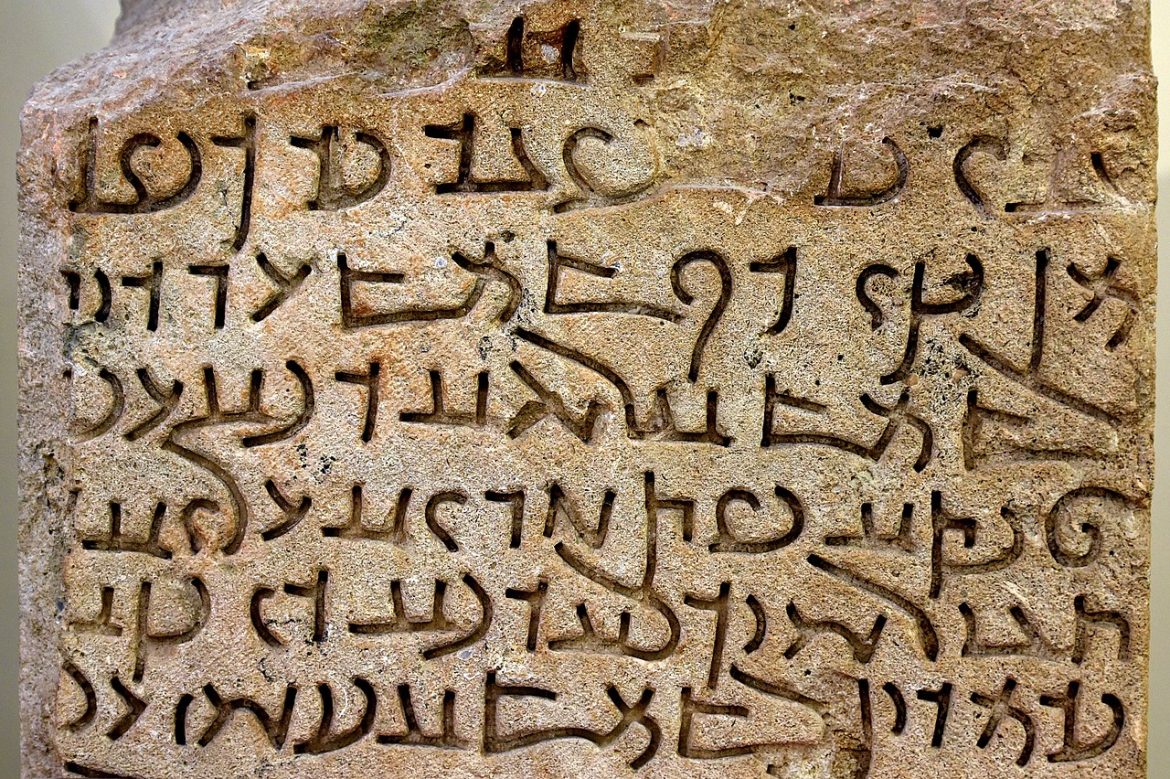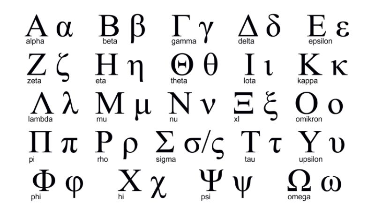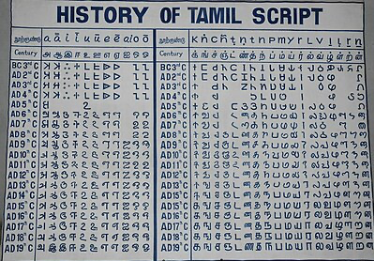Top 10 Most Expensive Parrots In The World: Parrots are not just colorful companions; they are also prized possessions, with some fetching staggering prices due to their rarity, beauty, and unique traits. In this article, we delve into the world of high-priced avian wonders and explore the top 11 most expensive parrots, examining their distinct features, pricing ranges, and factors that contribute to their coveted status.
1. Black Palm Cockatoo: The Majestic Beauty

The Probosciger aterrimus, commonly known as the Black Palm Cockatoo, stands as a pinnacle in the realm of avian beauty and fascination. Renowned for its striking jet-black plumage and majestic crest, this parrot species captures the hearts of enthusiasts worldwide. Native to Indonesia, the Black Palm Cockatoo’s allure extends far beyond its homeland, commanding a high price tag ranging between $15,000 to $19,000. This article delves into the reasons behind its esteemed status in the world of aviculture.
2. Hyacinth Macaw: The Blue Marvel
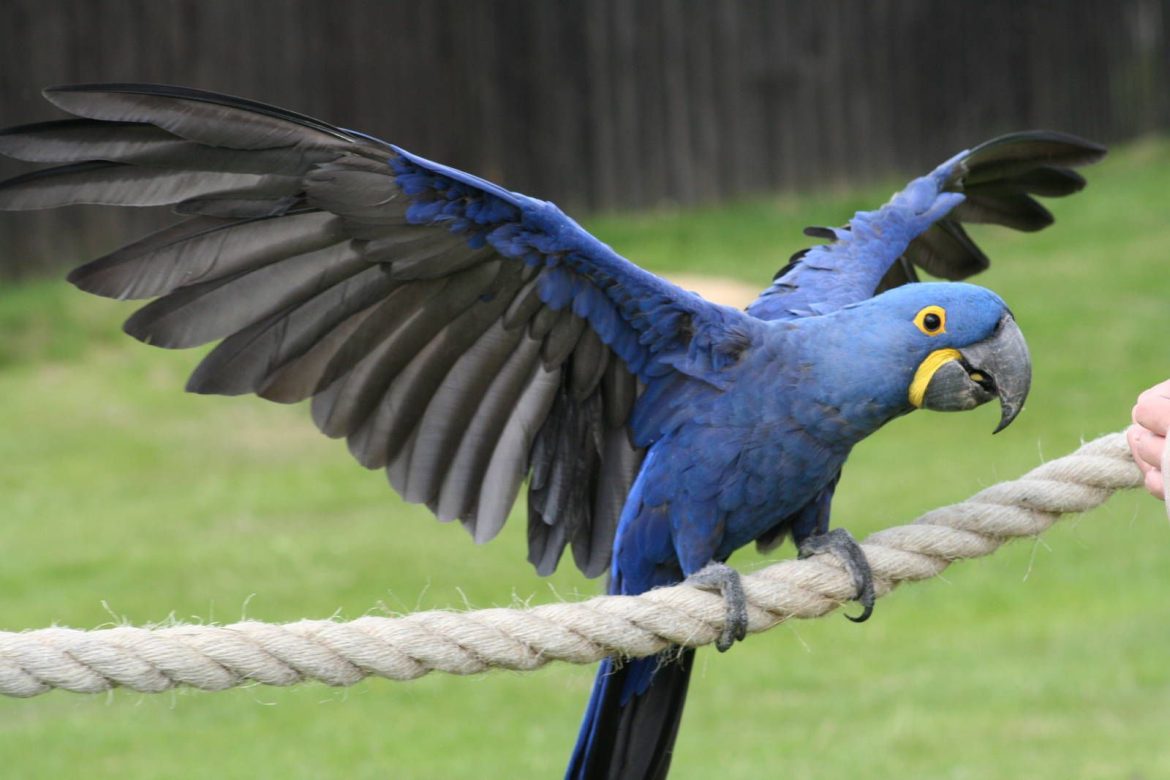
The Hyacinth Macaw, with its resplendent azure plumage and gentle demeanor, reigns as the crown jewel of the avian world. This majestic bird, coveted by collectors and avian enthusiasts alike, commands a price tag ranging from $5,000 to $12,000 and beyond. In this article, we delve into the allure of the Hyacinth Macaw, exploring the factors that make it a prized possession among bird aficionados.
The Majesty of the Hyacinth Macaw:
Largest of its Kind: Towering above its macaw counterparts, the Hyacinth Macaw holds the title as the largest parrot species in existence. Its impressive size adds to its allure, captivating the imagination of all who behold it.
Vibrant Blue Plumage: Cloaked in a mantle of vibrant blue feathers, the Hyacinth Macaw is a vision of beauty and elegance. Its striking appearance mesmerizes onlookers, earning it a place among the most coveted avian species.
A rarity in the Wild: Endemic to the dwindling forests of South America, the Hyacinth Macaw faces threats from habitat loss and poaching, further enhancing its allure in captivity. As wild populations decline, the opportunity to own one of these magnificent birds becomes increasingly precious.
Friendly Personality: Despite its regal stature, the Hyacinth Macaw possesses a gentle and sociable disposition, endearing itself to those who have the privilege of its companionship. Its affable nature makes it a delightful addition to any avian collection.
3. Major Mitchell’s Cockatoo: The Rosy Charmer
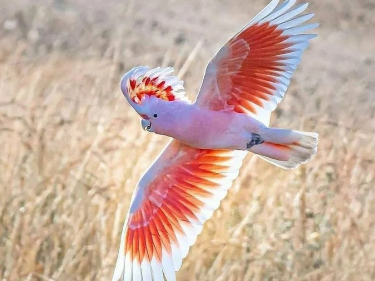
The Major Mitchell’s Cockatoo, often hailed as the “pink cockatoo” for its resplendent blend of white, pink, and yellow hues, stands as a symbol of elegance and refinement in the world of aviculture. This medium-sized marvel, native to the vast expanse of Australia, commands a price range of $4,000 to $10,000, making it one of the most coveted and expensive parrots on the planet. In this article, we delve into the allure of Major Mitchell’s Cockatoo, exploring its charming personality, unique appearance, and scarcity in the wild.
The Enchantment of the Major Mitchell’s Cockatoo:
Distinctive Appearance: Cloaked in a palette of soft pastel tones, Major Mitchell’s Cockatoo captivates the eye with its delicate beauty. Its exquisite blend of white, pink, and yellow feathers sets it apart as one of the most visually striking parrots in existence.
Charming Personality: Beneath its stunning exterior lies a bird of remarkable charm and intelligence. The Major Mitchell’s Cockatoo is renowned for its playful antics and affectionate nature, endearing itself to enthusiasts and collectors alike.
Native Rarity: Endemic to the remote regions of Australia, Major Mitchell’s Cockatoo is not easily found in the wild. Its limited distribution contributes to its scarcity in captivity, elevating its status as a prized possession among avian aficionados.
Exclusivity: Unlike more common parrot species, the Major Mitchell’s Cockatoo is not widely available in the pet trade. Its rarity adds to its allure, making it a symbol of prestige and sophistication among discerning collectors.
4. African Grey Parrot: The Genius Talker

The African Grey Parrot, scientifically known as Psittacus erithacus, stands as a testament to the remarkable intelligence and captivating personality found within the avian kingdom. Renowned for its exceptional cognitive abilities and engaging demeanor, this extraordinary species command a price range of $500 to $4,000, placing it among the most coveted and expensive parrots in the world. In this article, we explore the allure of the African Grey Parrot, delving into its remarkable intelligence, charming personality, and influence on the world of aviculture.
The Genius of the African Grey Parrot:
Exceptional Intelligence: Widely celebrated as one of the most intelligent bird species, the African Grey Parrot astounds researchers and enthusiasts alike with its extraordinary cognitive abilities. Renowned for its problem-solving skills, advanced vocal mimicry, and ability to comprehend complex concepts, this remarkable parrot stands as a shining example of avian genius.
Charming Personality: Beyond its intellectual prowess, the African Grey Parrot possesses a charming and affectionate personality that endears it to all who encounter it. Known for its playful antics, gentle nature, and capacity for forming deep bonds with its human companions, this species captivates hearts with its irresistible charisma.
Interactive Communication: One of the African Grey Parrot’s most captivating traits is its ability to engage in interactive communication with humans. From mimicking speech patterns to initiating conversations and responding to cues, these birds exhibit a level of social intelligence that fosters meaningful connections with their owners.
Influence on Aviculture: The African Grey Parrot’s unparalleled cognitive abilities and engaging personality have earned it a revered status within the world of aviculture. Its popularity as a companion bird transcends borders and cultures, influencing its high price as enthusiasts eagerly seek to experience the joys of sharing their lives with such an extraordinary creature.
5. Scarlet Macaw: The Fiery Beauty
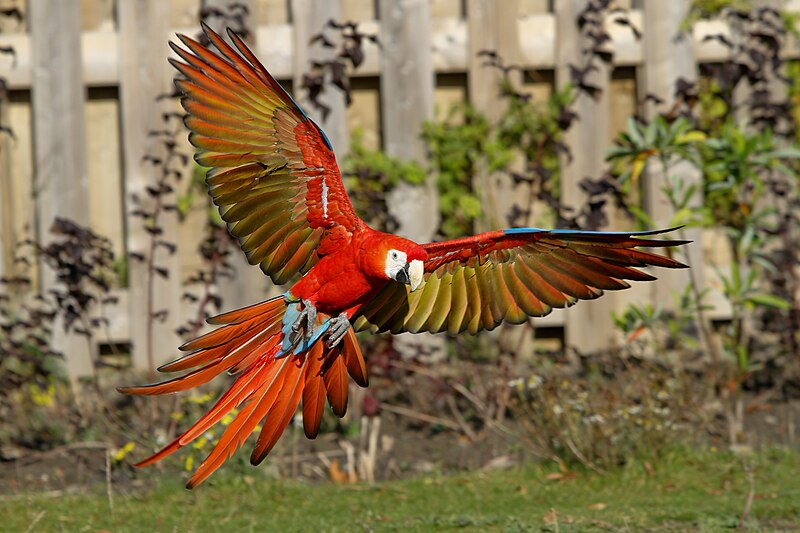
The Scarlet Macaw, scientifically known as Ara macao, emerges as a beacon of vibrant beauty and exotic allure within the avian realm. Native to the lush forests of Central and South America, this magnificent species captivates the imagination with its resplendent plumage, adorned in a kaleidoscope of vivid colors. With a price range spanning from $1,000 to over $4,000, the Scarlet Macaw stands as a coveted treasure among parrot enthusiasts, its unparalleled beauty and scarcity elevating it to the upper echelons of avian prestige. In this article, we delve into the enchanting world of the Scarlet Macaw, exploring its dazzling appearance, natural habitat, and esteemed status in the realm of aviculture.
The Radiance of the Scarlet Macaw:
Vivid Plumage: Adorned in a breathtaking array of red, blue, and yellow feathers, the Scarlet Macaw exudes a sense of unparalleled splendor. Its vibrant plumage serves as a testament to the wondrous diversity of the natural world, captivating all who behold its radiant beauty.
Natural Habitat: Thriving amidst the verdant canopies of Central and South American rainforests, the Scarlet Macaw epitomizes the majesty of its tropical surroundings. Its presence in these biodiverse ecosystems underscores its importance as a symbol of ecological vitality and cultural heritage.
Rarity and Desirability: The Scarlet Macaw’s exquisite beauty and limited availability contribute to its desirability among parrot enthusiasts. With a price range reflecting its rarity, from $1,000 to over $4,000, this esteemed species occupies a privileged position within the hierarchy of avian companionship.
Symbol of Prestige: Owning a Scarlet Macaw signifies not only a love for exotic avian species but also a reverence for the natural world and its boundless wonders. As a symbol of prestige and sophistication, this magnificent bird holds a special place in the hearts of collectors and enthusiasts alike.
6. Derbyan Parakeet: The Jewel of Asia
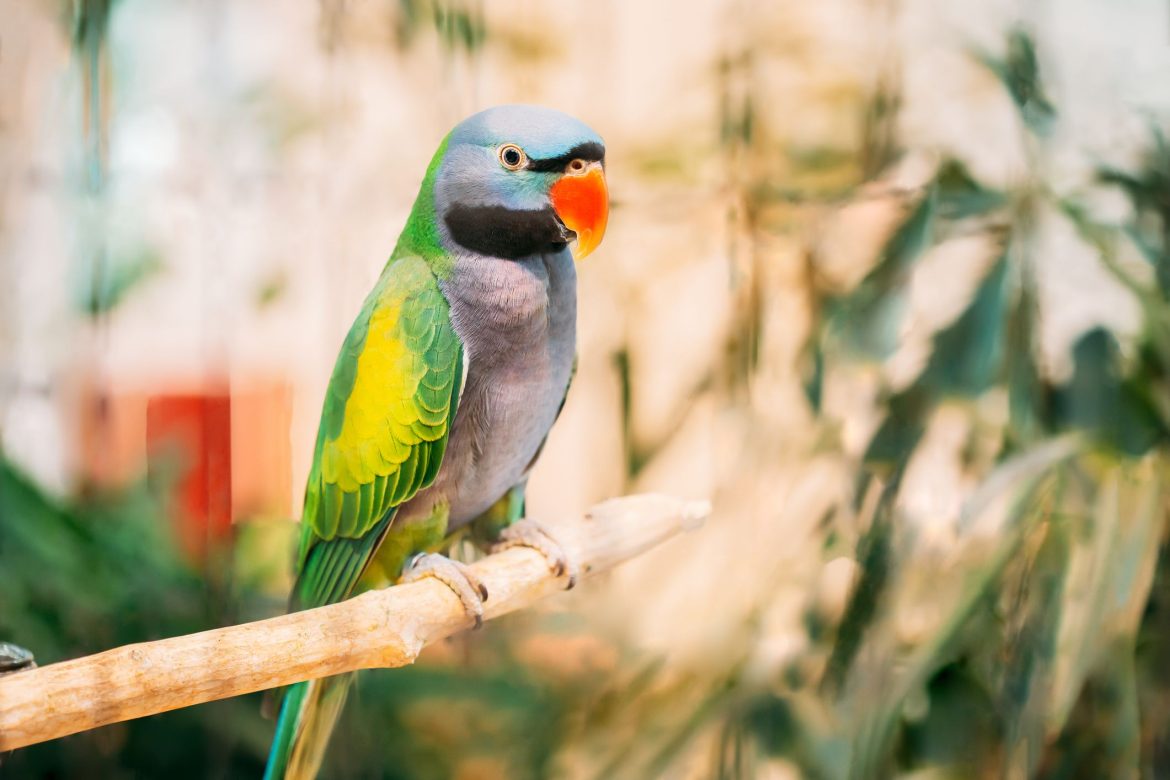
Originating from the misty slopes of the eastern Himalayas and the verdant forests of Southeast Asia, the Derbyan Parakeet emerges as a veritable gem within the world of avian beauty. Adorned in a tapestry of emerald-green plumage, accentuated by a resplendent blue crown, this mesmerizing species captivates the imagination with its breathtaking coloration and captivating charm. Priced between $1,500 to $2,000 and beyond, the Derbyan Parakeet’s rarity and stunning appearance elevate it to the status of a cherished treasure among avian enthusiasts. In this article, we embark on a journey into the captivating world of the Derbyan Parakeet, exploring its origins, unique characteristics, and esteemed status within the realm of aviculture.
Exotic Origins: Nestled amidst the mystical landscapes of the eastern Himalayas and the lush forests of Southeast Asia, the Derbyan Parakeet draws its inspiration from some of the world’s most enchanting locales. Its natural habitat lends an aura of mystique to this captivating species, evoking images of mist-shrouded mountains and verdant jungles.
Breathtaking Coloration: The Derbyan Parakeet’s emerald-green plumage serves as a canvas for nature’s artistry, while its vibrant blue crown adds a touch of regal splendor. This striking combination of colors distinguishes it from other parakeet species, earning it admiration and acclaim from avian enthusiasts worldwide.
Rarity and Scarcity: Found in select regions of the eastern Himalayas and Southeast Asia, the Derbyan Parakeet is revered for its scarcity in captivity. Its limited availability adds to its allure, as collectors and enthusiasts vie for the opportunity to welcome this elusive beauty into their avian collections.
Treasured Addition: Priced between $1,500 to $2,000 and beyond, the Derbyan Parakeet occupies a privileged position as a treasured addition to any avian collection. Its rarity, stunning appearance, and captivating charm make it a prized possession among those who appreciate the splendor of nature’s creations.
7. Yellow-Naped Amazon: The Green Connoisseur
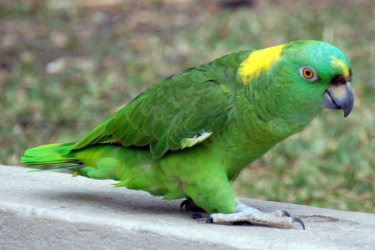
Within the realm of avian companionship, the Yellow-Naped Amazon Parrot stands as a shining example of intelligence, charm, and melodic mimicry. Renowned for its captivating vocal skills and endearing personality, this medium-sized marvel captivates the hearts of enthusiasts with its playful nature and remarkable ability to mimic various sounds. Adorned with a striking yellow patch on its nape, the Yellow-Naped Amazon commands a price of $1,000 and beyond, reflecting its popularity and esteemed status within the world of aviculture. In this article, we delve into the captivating world of the Yellow-Naped Amazon Parrot, exploring its unique characteristics, engaging demeanor, and cherished place among parrot enthusiasts.
The Allure of the Yellow-Naped Amazon Parrot:
Intelligent Conversationalist: Renowned for its exceptional intelligence, the Yellow-Naped Amazon Parrot delights owners with its ability to engage in meaningful conversations and mimic a wide range of sounds, including human speech, whistles, and tunes. Its melodic mimicry adds a touch of enchantment to any household, fostering lively interactions and forming deep bonds with its human companions.
Charming Personality: Beyond its impressive vocal abilities, the Yellow-Naped Amazon Parrot possesses a charming and affectionate personality that endears it to all who encounter it. Playful and curious by nature, this captivating bird delights in exploring its surroundings and interacting with its environment, bringing joy and laughter to those fortunate enough to share their lives with it.
Striking Appearance: Adorned with a vibrant yellow patch on its nape, the Yellow-Naped Amazon Parrot exudes a sense of vibrancy and elegance. Its sleek plumage and expressive features further enhance its visual appeal, making it a striking addition to any avian collection.
Popularity and Value: Priced at $1,000 and beyond, the Yellow-Naped Amazon Parrot commands a respectable value reflective of its popularity and desirability among parrot enthusiasts. Its engaging personality, intelligent demeanor, and melodic mimicry contribute to its esteemed status within the world of aviculture, earning it a cherished place in the hearts of enthusiasts worldwide.
8. Blue-Fronted Amazon: The Colorful Conversationalist
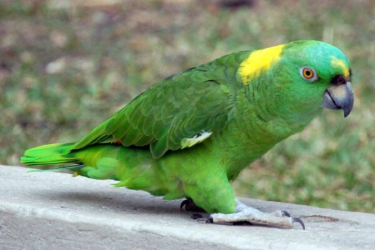
The Blue-Fronted Amazon Parrot, adorned with its stunning blue forehead and radiant green plumage, commands attention and admiration wherever it goes. Hailing from the lush landscapes of South America, this captivating species captivates bird enthusiasts with its playful nature and talkative disposition. Priced between $500 to $3,000, the Blue-Fronted Amazon’s striking appearance and interactive abilities elevate its desirability, making it a cherished choice among avian aficionados. In this article, we embark on a journey into the captivating world of the Blue-Fronted Amazon Parrot, exploring its unique traits, captivating personality, and esteemed status within the realm of aviculture.
The Allure of the Blue-Fronted Amazon Parrot:
Mesmerizing Appearance: Adorned with vivid blue feathering on its forehead and radiant green plumage, the Blue-Fronted Amazon Parrot exudes a sense of enchantment and elegance. Its striking colors and graceful demeanor make it a visual spectacle, captivating the hearts of all who behold its beauty.
Playful and Talkative: Renowned for its playful nature and talkative disposition, the Blue-Fronted Amazon Parrot delights in engaging with its human companions through interactive play and conversation. Its ability to mimic sounds and learn new phrases adds an element of charm and amusement to any household.
Popular Choice: With its charismatic personality and captivating appearance, the Blue-Fronted Amazon Parrot remains a popular choice among bird enthusiasts worldwide. Its friendly demeanor and sociable nature make it an ideal companion for those seeking a dynamic and engaging avian pet.
Desirability and Value: Priced between $500 to $3,000, the Blue-Fronted Amazon Parrot offers a range of options to suit varying budgets and preferences. Its striking appearance, playful personality, and interactive abilities enhance its desirability, earning it a cherished place in the hearts of avian enthusiasts.
9. Galah Cockatoo: The Pink Elegance

Known affectionately as the Rose-Breasted Cockatoo, the Galah Cockatoo captivates with its soft pink plumage and delightful personality. With its endearing demeanor and distinctive appearance, this medium-sized cockatoo holds a special place in the hearts of bird enthusiasts, both as beloved pets and prized additions to avian collections. Native to the diverse landscapes of Australia, the Galah Cockatoo commands a price between $2,500 to $3,500, reflecting its popularity and esteemed status within the world of aviculture. In this article, we delve into the captivating world of the Galah Cockatoo, exploring its unique traits, charming personality, and cherished place within the realm of avian companionship.
The Allure of the Galah Cockatoo:
Soft Pink Plumage: Adorned in hues of soft pink, the Galah Cockatoo exudes a sense of elegance and grace. Its delicate plumage sets it apart from other cockatoo species, captivating the eye and capturing the imagination with its subtle beauty.
Playful Demeanor: Renowned for its playful nature and spirited personality, the Galah Cockatoo delights in entertaining its human companions with its antics and antics. Its playful demeanor adds a touch of joy and laughter to any household, fostering bonds of affection and companionship.
Distinctive Appearance: With its rose-colored plumage and striking crest, the Galah Cockatoo boasts a distinctive appearance that leaves a lasting impression. Its unique combination of colors and features make it a sought-after addition to avian collections, admired for its beauty and charm.
Desirability and Value: Priced between $2,500 to $3,500, the Galah Cockatoo offers a blend of affordability and desirability, making it an attractive choice for bird enthusiasts seeking a captivating companion. Its endearing personality, distinctive appearance, and cherished status within the world of aviculture enhance its value, earning it a special place in the hearts of enthusiasts worldwide.
10. Blue-Eyed Cockatoos: The Enigmatic Beauties
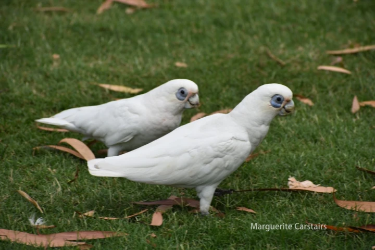
Blue-eyed Cockatoos, also known as White Cockatoos (Cacatua ophthalmica), emerge as ethereal beings within the realm of avian beauty and fascination. Adorned with stunning blue eyes and snow-white plumage, these mesmerizing creatures captivate the imagination with their otherworldly appearance and elusive charm. Originating from the verdant landscapes of Indonesia, the Blue-eyed Cockatoo stands as a rare and highly prized species, commanding a price range of $5,000 to $10,000. In this article, we delve into the captivating world of the Blue-eyed Cockatoo, exploring its unique characteristics, elusive nature, and esteemed status within the realm of aviculture.
The Allure of the Blue-eyed Cockatoo:
Stunning Blue Eyes: The defining feature of the Blue-eyed Cockatoo is its mesmerizing azure-blue eyes, which exude a sense of mystery and enchantment. Set against a backdrop of snow-white plumage, these piercing eyes captivate the observer and leave an indelible impression.
Snow-White Plumage: Cloaked in pristine white feathers, the Blue-eyed Cockatoo possesses an aura of purity and elegance. Its immaculate plumage serves as a canvas for its striking blue eyes, creating a visual spectacle that mesmerizes all who behold it.
Limited Availability: Originating from Indonesia, the Blue-eyed Cockatoo is renowned for its rarity and elusiveness in captivity. Its limited availability adds to its allure, as collectors and enthusiasts vie for the opportunity to welcome this rare and exquisite species into their avian collections.
Prestige and Value: Priced between $5,000 to $10,000, the Blue-eyed Cockatoo occupies a prestigious position within the world of aviculture. Its ethereal beauty, limited availability, and esteemed status contribute to its high value, making it a coveted treasure among discerning collectors and enthusiasts.
Source: Bestsjobs.com






